By Patrick Mannion, contributing editor
With the launch of the HiFive Unleashed, SiFive puts the RISC-V architecture in the hands of developers and provides a unique alternative in an arena crowded with sameness.
It’s not that sameness isn’t good: For long-term stability and support, there’s nothing quite like the reassurance of a continuous stream of powerful Intel x86 single-board computers (SBCs) in various form factors for embedded applications. Likewise, for Arm-based SBCs, from the hobbyist and maker SBCs like Raspberry Pi to rugged and embedded, Arm provides the core support and roadmap while the community provides the ICs, board, OS, and application software.
There was a time when x86 was differentiated from Arm by having Windows support, but then Microsoft developed Windows 10 versions for both Arm-based IoT devices and, more recently, for laptops. Now Arm can add Windows to an OS list that includes Android and Linux. Meanwhile, the x86 already has strong Linux support.
This wide base of support was why eyebrows were raised when the new, license-free RISC-V architecture was announced: Why would anyone design around an architecture with no real support, ecosystem, or tools? Still, RISC-V gathered steam, getting a big boost when Nvidia decided in 2016 that it would use RISC-V as the foundation for a replacement of its proprietary Falcon controller.
While the RISC-V ISA was originally intended as a low-power, highly efficient, open-source architecture, that did not preclude powerful implementations. The first such implementation is SiFive’s Freedom U540 quad-core, 1.5-GHz system-on-chip (SoC), the first RISC-V implementation to support Linux. That SoC is the heart of SiFive’s just-released HiFive Unleashed, Linux-supported SBC for developers (Fig. 1 ).
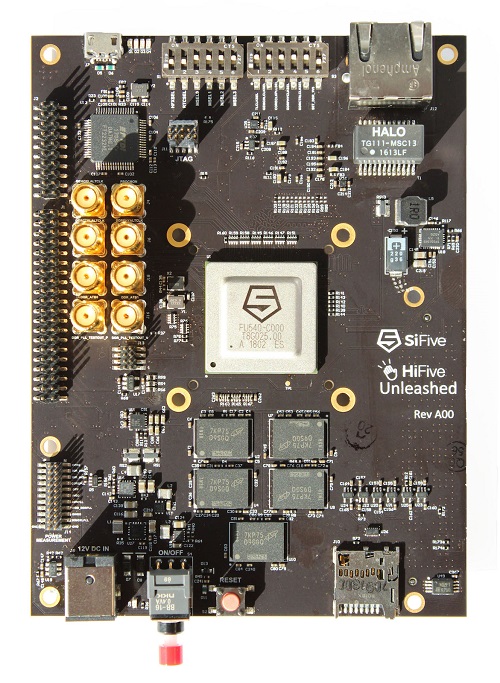
Fig. 1: The HiFive Unleashed SBC supports Linux and is based on SiFive’s quad-core, 1.6-GHz, SoC implementation of the RISC-V open-source ISA.
Around the Freedom U540, SiFive has placed 8 Gbytes of DDR4 with ECC (the U540 supports up to 64 Gbytes), 32 Mbytes of quad SPI flash from ISSI, a microSD slot for extra storage, and an FMC-connector expansion slot. The board costs $999 and is available now.
All Arm, no leg
While the opportunity to develop around the RISC-V with Linux may in itself be sufficient reason to spend $999, designers of industrial embedded applications don’t have to spend an arm and a leg to get the performance that they need. Take the TS-7970 SBC from Technologic Systems (Fig. 2 ).
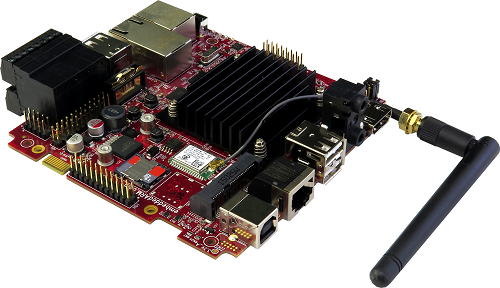
Fig. 2: The rugged, industrial-oriented Technologic Systems TS-7970 SBC costs $229 and is based on an Arm Cortex-A9 with one or four cores.
Based on the NXP i.MX6 Arm Cortex-A9 single- or quad-core CPU running at 800 MHz or 1 GHz, respectively, the board is tuned for high-performance, environmentally challenging applications. As such, it comes with screw-down power and I/O terminals and has an operating temperature range of –40°C to 85°C (in a fanless enclosure).
The roster of I/O support includes wireless (Wi-Fi and Bluetooth), dual gigabit Ethernet ports, multimedia support (HDMI, LVDS, and audio), and SATA II, MiniCard, digital I/O, analog-to-digital converter, Modbus, USB, and CAN. It consumes under 3 W (typical) and approximately 15 mW in sleep mode.
On the OS side, it supports Linux (Kernel, Debian, Yocto, Ubuntu, and Ubuntu Core), Android, and QNX Neutrino RTOS.
Intel NUC gets industrial-strength facelift
Late in 2017, Intel launched the NUC7i5DNBE, a version of its Next Unit of Computing (NUC)-form-factor SBCs, this one with its 7th -Generation iCore processors (i5-7300U). While the NUC is widely known as a standalone PC or workstation, the NUC SBC has some tweaks to make it more suited to more rugged, embedded applications (Fig. 3 ).
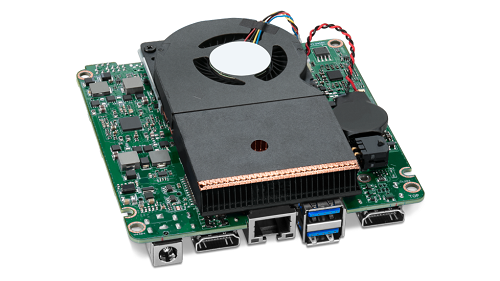
Fig. 3: The NUC7i5DNBE SBC from Intel uses its 7th -gen iCore processors with ruggedization features such as a soldered-down BGA and solid-state memory.
The board keeps the same 4 x 4-in. form factor but has a soldered-down BGA for the processor and SSD memory instead of a rotating-platter hard drive. It dissipates 15 W and runs off a 12- to 24-Vdc supply. The board comes with up to 32 Gbytes of DDR4-2133 1.2-V SO-DIMM memory, integrated graphics, and can drive up to three displays. It supports Windows and Linux.
Costing $384, it’s hard to overlook the combination of performance and I/O. The i5 Core is clocked at up to 3.5 GHz and has up to 3 Mbytes of cache. The I/O includes PCI Express Gen 3, dual HDMI 2.0a ports, four USB ports, two SATA ports, and one GbE port.
While the board comes with a fan, for industrial applications, this can be removed and the board placed in a fanless enclosure. Logic Supply has already done this for the NUC with its ML100G-31 enclosure. This includes a custom-designed heatsink to maximize heat transfer from the processor to ambient (Fig. 4 ).
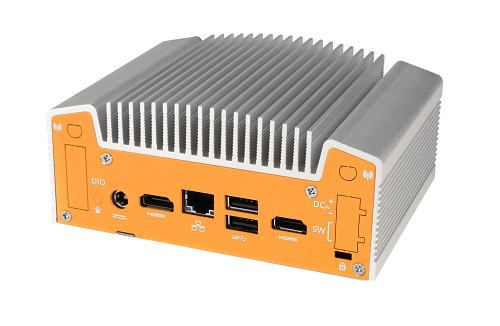
Fig. 4: The ML100G-31 ruggedized enclosure for the NUC comes with a custom heatsink to maximize heat transfer from the processor to ambient.
Removing the fan greatly increases reliability as it eliminates the fan as a failure mechanism and limits moisture, dust, and metal ingress. However, Logic Supply will also mask off unused ports to further isolate the inside from the environment. The base chassis costs $695.
It’s hard to mention form factors without including one of the most compact and rugged of all: COM Express Mini, measuring in at 2.2 x 3.3 in. (Fig. 5 ).
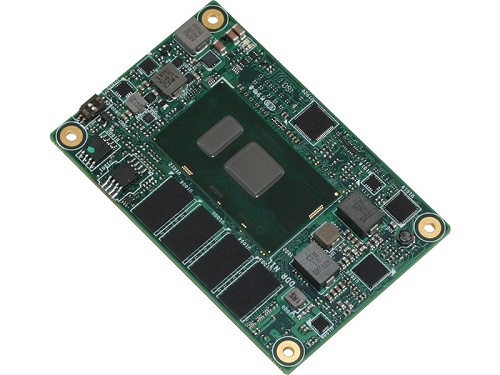
Fig. 5: The NanoCOM-KBU is the first COM Express Type 10 mini board to support Intel’s 7th -gen Core processors.
Within these confines, AAEON developed the NanoCOM-KBU, the first COM Express Type 10 board with a 7th -Gen Core processor and Intel graphics support. It comes with 4 Gbytes of memory. AAEON has also upgraded the embedded controller structure with a real-time interrupt for faster response. It also comes with an I2 C port to connect with external ICs, and port-wise, it includes 1 GbE port, eight USB 2.0 and two USB 3.0 ports, two SATA II interfaces, and four PCIe expansion slots. Pricing is as yet unavailable.
Advertisement
Learn more about Electronic Products Magazine





